Saltbush, which is more commonly known as Old Man Saltbush or Tjilyi-tjilyi by indigenous Australians, is part of the Atriplex genus and there are 52 different species of Saltbush just in Australia. The name comes from ancient Latin atriplexum and this means orach or saltbush.
In our how to grow and care guide, we’ll introduce the old man saltbush to you, including why it’s so valuable and useful. We look at how to care for your shrub, how to propagate, the pests and diseases that might arrive, and also some interesting frequently asked questions.
More...
Family: | Chenopodiaceae |
|---|---|
Genus: | Atriplex |
Species: | A. nummularia |
Common Names: | Old man saltbush, saltbush |
Location: | Outdoor |
Type: | Shrub |
Growth: | up to 3 metres high and 5 metres wide |
Sun requirements: | Full sun to part shade |
Foliage Colour: | Silver grey |
Flower Colour: | Grey yellow |
Flowering: | Year round |
Fruit: | One seeded, greyish green, pink, yellow |
Maintenance level: | Average |
Poisonous for pets: | No |
Introducing Old Man Saltbush
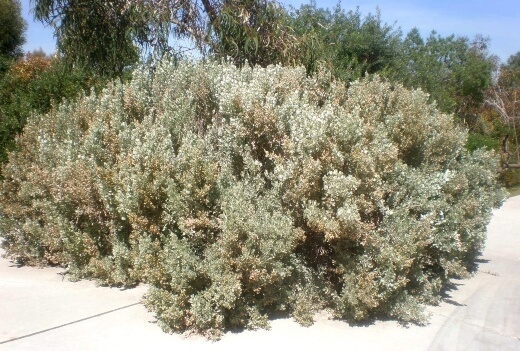
Source: feedipedia.org
The saltbush is found all over the world and there are more than 250 different types of this plant. In Australia, it’s especially popular for grazing cattle because it can thrive in drought and is somewhat delicious for these animals.
Old man saltbush is part of the Chenopodiaceae plant family. The shrub is a halophyte which means it is able to grow in salty soil and you usually find it in a warm, temperate climate or in dryer areas.
The evergreen shrub has grey and round leaves that have little salt scales. The scales actually help to keep the plant cool by protecting it from the sun and that’s how it manages to save water for itself.
The root system of the old man saltbush is quite amazing and the shrub can store high salt levels in the leaves and roots. The deeper roots of the plant can absorb ground water and the more surface roots then use the water on the top of the soil.
Quite remarkable! Since the old man saltbush has such high levels of salt in the roots, it can absorb even the tiniest amount of water from the soil.
Atriplex nummularia Growing Habits
Old man saltbush produces small flowers and the male and female flowers are on different plants. You’ll be able to tell them apart as the female flowers create clusters that are about 20cm in length.
The male flowers are generally found on the end of a branch. Size wise, the shrub can grow up to 3 metres in height and about 5 metres wide. The leaves can be picked at any time of year to enjoy their salty flavour.
Old Man Saltbush Uses
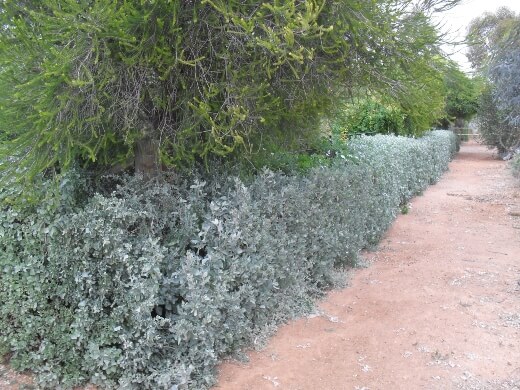
Source: bnp.net.au
The old man saltbush is an incredibly useful shrub. It helps with soil erosion as once the plant is established, the roots bind themselves together and this helps to stabilise the soil.
As a windbreak, the old man saltbush lives up to its hardy nature. It helps other plants withstand dust storms so they can take root and establish themselves in an area.
These shrubs are used to shelter farm animals from the sun, rain and wind too. This makes them valuable for any garden and also becomes a place for birds and small animals to seek refuge.


Get Your Free Guide:
Master Growing Australian Natives eBook
A Must Have Complete Guide for Every Australian Garden
Get Your Free Guide:
Master Growing Australian Natives eBook
A Must Have Complete Guide for Every Australian Garden
The old man saltbush can help make soil fertile again. The shrub has a deep and impressive root system which is able to absorb much needed nutrients from deeper in the soil up to its tips.
This makes the leaves of the old man saltbush very nutrient rich. When the plant drops its leaves onto the surrounding soil, the whole nutrient value of the soil is increased.
Old Man Saltbush as Fire Retardant
You might be asking yourself at this point if there’s anything this shrub can’t do. Well, the old man saltbush offers some fire protection too. The whole plant has a high salt content and also high moisture in the leaves and stems.
That means in the case of fire that this shrub doesn’t burn very easily. Old man saltbush can be used as a fire break if used to make a hedge or by planting a few rows together.
Many Australians are opting for drought resistant and water wise plants and gardens. Old man saltbush is perfect because it needs so little water to stay alive.
How to Grow Old Man Saltbush
Old man saltbush can be grown easily either from seeds or cuttings.
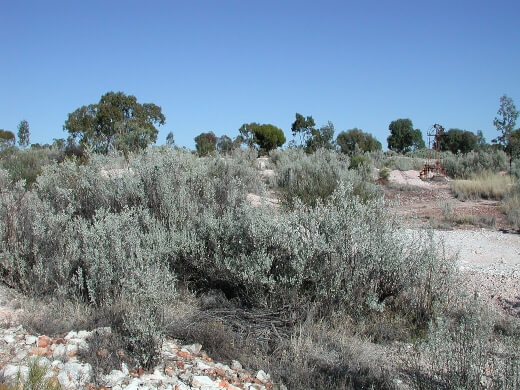
Source: en.wikipedia.org
Growing Atriplex nummularia from Seeds
If you’re going the seed route, first soak them overnight and then you can plant them in pots with a seed raising mixture. You want to give it water regularly so the soil stays moist. It takes about 6 weeks for the seeds to germinate.
Old Man Saltbush Propagation
Propagating Old Man Saltbush from Cuttings
For propagation by cutting, you’ll need a semi hardwood cutting about 10cm in length. (Refer to this guide to learn the different types of cutting and when to use them).
Plant your cutting in a mixture of potting mix and sand, and find a nice warm spot for it. Again, water enough to make sure the soil doesn’t dry out.
When it’s time to plant in the garden, you can dig holes that are at least 50cm deep and adding lime to the soil is recommended. One you’ve popped your seedling into the soil, you want to firm it up around the roots.
This gets rid of air pockets and helps to dry them out. As soon as you’ve planted your seedling you can give it about 2 cups of water, and repeat this process for about 2 weeks.
Don’t let your plants dry out while they are in this important growing phase. As you see signs of plant growth, you can then start watering every second day, and then eventually once a week.
Caring for Atriplex nummularia
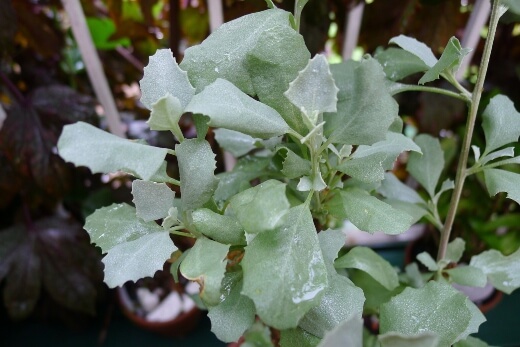
Source: jerry-coleby-williams.net
Sunlight Needs
Your old man saltbush needs full sun to part shade to live happily ever after.
What Soil to Use
Old man saltbush needs a soil with a pH of at least 6 or more and doesn’t like acidic soil. It doesn’t matter if the soil is fertile or neglected, and of course a high salt content is no problem.
Watering Old Man Saltbush
It’s important to give your old man saltbush regular water until it has established itself. Manage any weeds which might compete for water and even an organic mulch can help. Once the shrub has matured, it's quite drought tolerant.
Fertilising
Fertilising of the old man saltbush is really as needed. You can give it a slow release native fertiliser in the springtime.
Pruning Old Man Saltbush Plant
Much like fertilising, pruning of the old man saltbush is as needed and is usually if you want to manage the shape, helping to keep it a bit more compact.
When the shrub gets to about 50cm high you can then prune off about 10cm which will help the plant to spread if that’s the effect you are going for in your garden.
Old Man Saltbush Bush Tucker Guide
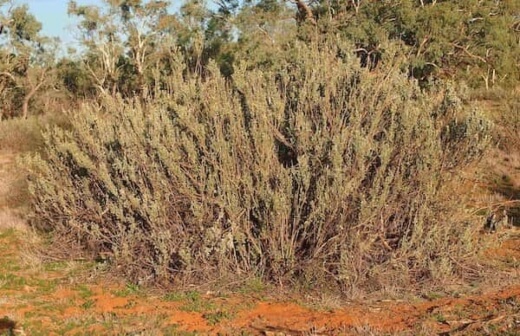
Source: oznativeplants.com
You can harvest the leaves and use them in a salad or stir fry or to add flavour to savoury dishes. The leaves are also a great source of protein so eat up! It also contains calcium and plenty of antioxidants.
For those watching their salt intake, old man saltbush has 20% less sodium compared to table salt. In terms of preparation, you can enjoy the leaves raw or cooked, and they are often dried and used as a spice. The leaves are a great alternative to spinach.
In some Sydney restaurants the leaves are fried in a batter as a tasty snack and other chefs turn them into potato chips. You can store fresh old man saltbush leaves in a bag in the fridge for about 5 days, and dried leaves can be kept for 4 months in a sealed container.
Aborigines use Old man saltbush for food and medicinal purposes. The seeds are collected, roasted and ground to add to traditional bush bread, cooked over fire.
The ground seeds are used as a flour and the ash from the burned leaves serves the same purpose as baking soda. As with most bush foods, nothing goes to waste, with the leaves beings used to treat burns and wounds when needed.
If you’re looking for a unique way to enjoy Old Man Saltbush, try pairing it with grilled radicchio for a delightful barbecue dish! This Grilled Radicchio with Citrus Dressing combines the smoky, charred flavours of radicchio with a bright citrus dressing and the distinct taste of native Australian spices, including Old Man Saltbush.
For a fresh and easy way to incorporate Old Man Saltbush into your meals, this Saltbush & Pepperberry Quinoa Salad recipe highlights the native flavours of Old Man Saltbush alongside the gentle spiciness of Pepperberry, creating a uniquely Australian dish that’s both nutritious and delicious.
Old man saltbush is also vital for grazing sheep and cattle. Looking for more Bush tucker plants to grow? Check out our guide on how to grow and care for Tasmannia Pepperberry in Australia.
Pests and Diseases that May Affect Old Man Saltbush
Red-legged earth mite
This pest is very tiny – the adults are the size of a pin head with a black body and orange legs. The new mites that are hatching can’t even be seen with the naked eye.
When the mite starts feeding on your plant, it creates a silver colour on the leaves and they might even start to shrivel up. If a seedling is under attack and there are enough mites, it might not even survive.
You can use an eco-friendly oil like neem oil to keep the mites under control. Any oil based spray actually helps to suffocate the mites. Something like a seaweed spray has also been known to work.
Lucerne flea
These fleas are small and a green colour. They are actually considered a serious pest to crops in Australia. They are more prevalent in high rainfall areas. These fleas jump away if you touch them and create large areas or gaps on leaves where just the membranes or outlines of the leaf remain.
One of the natural ways you can deal with Lucerne flea is to mulch with cedar. You can add it to your flower beds and around your garden as needed. Cedar is a great repellent.
Nematodes are also very useful and another natural way to get rid of fleas. These are microscopic organisms that live in the soil. They will destroy fleas and also help manage other garden pests.
Caterpillars
There are a few species of caterpillars that enjoy eating the leaves of old man saltbush. A great way to prevent caterpillars from eating your plants is a mixture of organic liquid soap and warm water. Pop it in a spray bottle and spray the parts of your plant that are being munched away.
Other insect pests that can affect old man saltbush are scale and leafhoppers. Neem oil is a natural insecticide, and is great at getting rid of scale and leafhoppers naturally.
Old Man Saltbush Frequently Asked Questions

Source: tuckerbush.com.au
What is the old man saltbush usually used for in the garden?
This shrub works well as a hedge or to create more privacy in your garden. Whether more contained and trained, or left to grow wild, it looks great. If you live by the coast, even better, as this shrub can handle the sandy soil and salty sea spray.
What makes the old man saltbush unique as a halophyte?
Only about 2 percent of plants worldwide can actually grow in extremely salty soil. What makes the old man saltbush and other halophytes survive in these conditions is the ability to store very high levels of salt in the roots and leaves.
Their high levels of salt balance out the environment they are living in. It’s important however that the roots don’t constantly stay in salty water as they plant might then suffer with die back.
A bit of standing water is fine now and then, just not for longer periods.
Is old man saltbush considered a threatened species anywhere?
Yes, in New South Wales. This has happened because the shrub is struggling against invasive weeds, lots of clearing and also being trampled.
Sign up for our newsletter for more gardening tips and ideas.
Add Some Hardiness to Your Garden with the Old Man Saltbush
The old man saltbush is quite a remarkable shrub and incredibly useful as we’ve discovered. Fire, strong wind and soil erosion are no challenge for this plant. The shrub is pleasing on the eye and also a great flavourful option as bush tucker. For more bush tucker options, check out our Ruby saltbush growing guide.
You can easily propagate your own old man saltbush from seeds or cuttings, and when it comes to dealing with pests, keep your bottle of neem oil spray handy and you’re good to go. We’re giving the old man saltbush our green thumbs up.
Published on August 13, 2022 by Lorri Hopkins
Last Updated on January 30, 2025

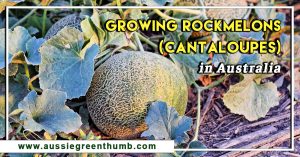
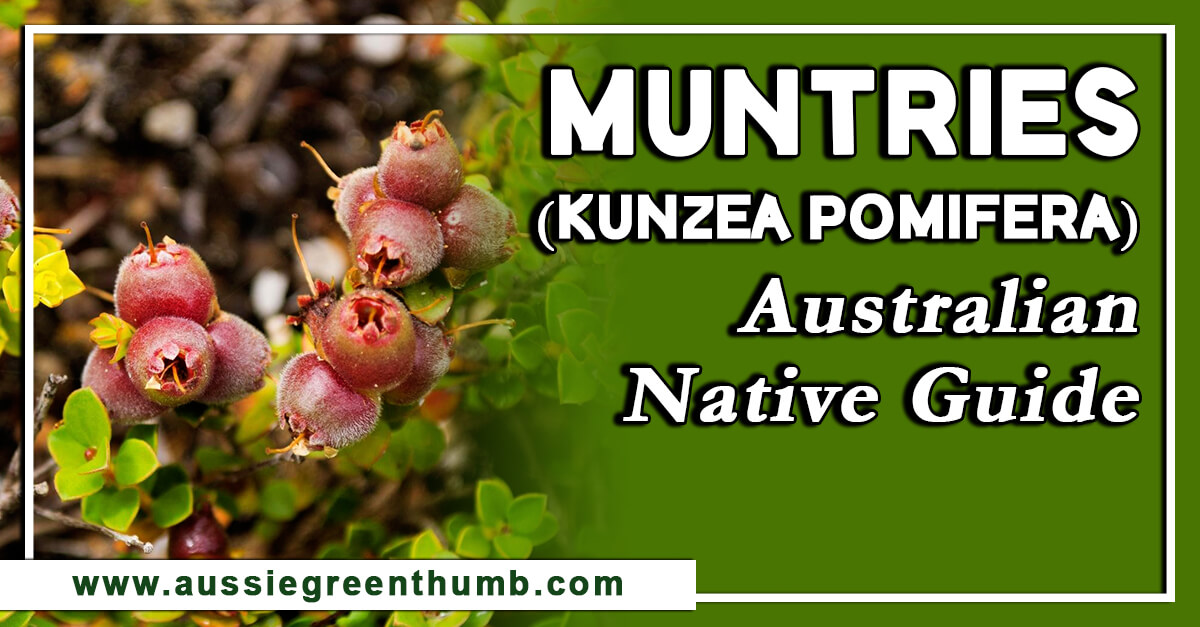
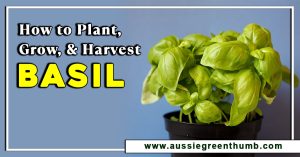

Hello
Loved the info on Saltbush. My query is we water with a bore which has a high salt content however, we have purchased a mechanism to change the structure of the salty water for 5 to 7 days, by which time it will have soaked into the soil.
Should the salty water get onto the salt bush leaves will it kill them like other plants we have growing on our acre of land?
I look forward to your reply
Thanks
Lexie
Hi Lexie,
You shouldn’t have problems with that. Saltbush is a plant that’s pretty much entirely designed to take salt water in whatever form it comes in. If there’s really humid salt-laden winds off the coast, it uses those small paddle-shaped leaves to catch it, and drip it right back down to its roots.
It’s generally used to help reduce salinity in the soil and (even amongst other coastal plants) is particularly good at making use of salt water, so it’s kind of already doing the job of the new mechanism you purchased.
If you end up stuck with this sort of saline water, there are plenty of planting options, like Eryngiums, verbena, sea kale and even bougainvillea that offer gorgeous ornamentals for low-maintenance gardens with salty soils, or high salt exposure.
The only thing to keep an eye on, specifically for the saltbushes, is that they do not get over-watered while you’re doing this. Overwatering can lead to all sorts of other problems, and could cause spots on leaves that would be mistaken for salt damage.
Best regards,
Lorri Hopkins
Hi Lorri,
Starting thinking today about OM Saltbush for covering an area I'm finally completing on a slope above the house – total re-do of the garden after being burned out at the end of Edecember 2019.Your page will; be very helpful – so thank you.
May I make one point? You refer to Aborigines using this ion the past tense. Please be awafre that over a huge part of the continent indigenous people use bush tucker at varying proportions of their diet. They might be using a mobile phone, graduated fron uni or TAFE and living a "modern" life but they are, many, still hunting and collecting – both for the food it brings and as a way of keeping the younger ones knowledgable.
With best wishes,
Bob
Hi Bob,
I’m glad you’re finding it useful. Definitely keep us posted if you need any more advice as the slope develops.
And thanks for pointing it out. I’ll clarify that paragraph now. It’s important to celebrate that that culture of foraging still exists, and you’re right to say that it should never be treated as a history. The fact those skills are being passed on to the current generation just helps to enrich everyone’s experience of the continent.
Best regards,
Lorri Hopkins